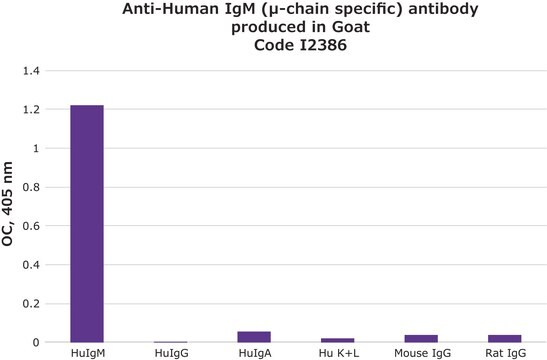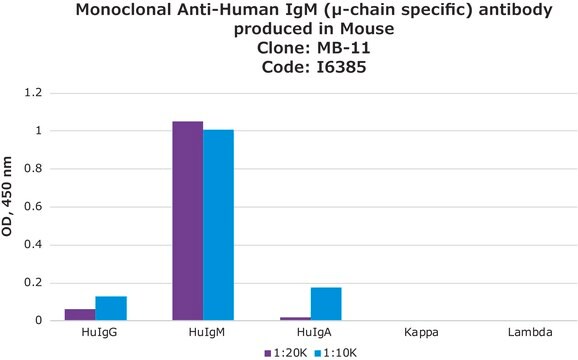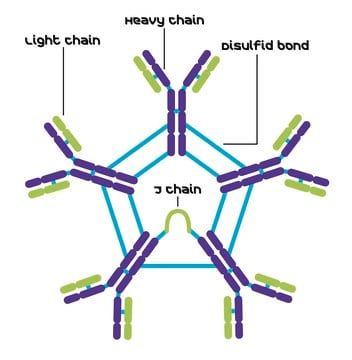A9935
Anti-Human IgM (μ-chain specific)−Agarose antibody produced in goat
affinity isolated antibody, PBS suspension
Synonym(s):
Anti Human IgM Antibody - Anti-Human IgM (μ-chain specific)-Agarose antibody produced in goat, Anti Human Igm Antibody
About This Item
Recommended Products
biological source
goat
conjugate
agarose conjugate
antibody form
affinity isolated antibody
antibody product type
secondary antibodies
clone
polyclonal
form
PBS suspension
technique(s)
Ouchterlony double diffusion: suitable
immunoelectrophoresis: suitable
capacity
2-3 mg/mL, resin binding capacity (human IgM)
storage temp.
2-8°C
target post-translational modification
unmodified
General description
Cyanogen bromide activated cross-linked beaded agarose is frequently conjugated to proteins such as immunoglobulins to facilitate their use in physicochemical processes such as precipitation, absorption and clarification.
Application
Biochem/physiol Actions
Other Notes
Physical form
Disclaimer
Not finding the right product?
Try our Product Selector Tool.
Storage Class Code
12 - Non Combustible Liquids
WGK
nwg
Flash Point(F)
Not applicable
Flash Point(C)
Not applicable
Certificates of Analysis (COA)
Search for Certificates of Analysis (COA) by entering the products Lot/Batch Number. Lot and Batch Numbers can be found on a product’s label following the words ‘Lot’ or ‘Batch’.
Already Own This Product?
Find documentation for the products that you have recently purchased in the Document Library.
Customers Also Viewed
Our team of scientists has experience in all areas of research including Life Science, Material Science, Chemical Synthesis, Chromatography, Analytical and many others.
Contact Technical Service









